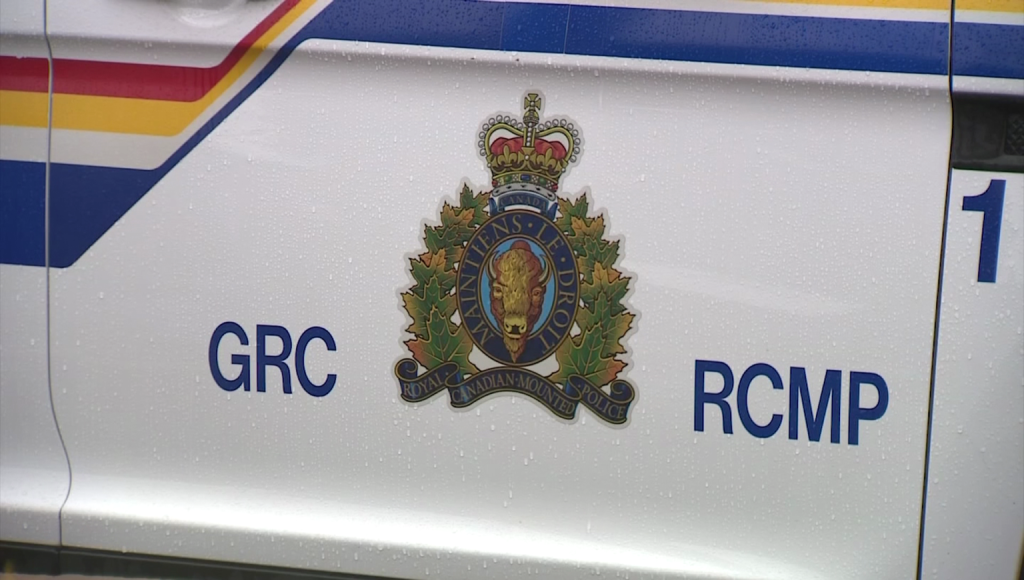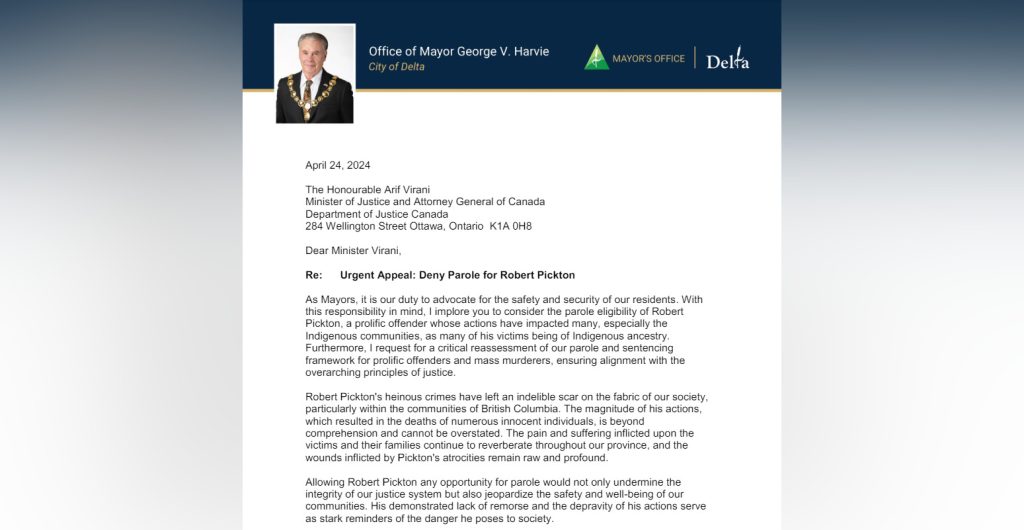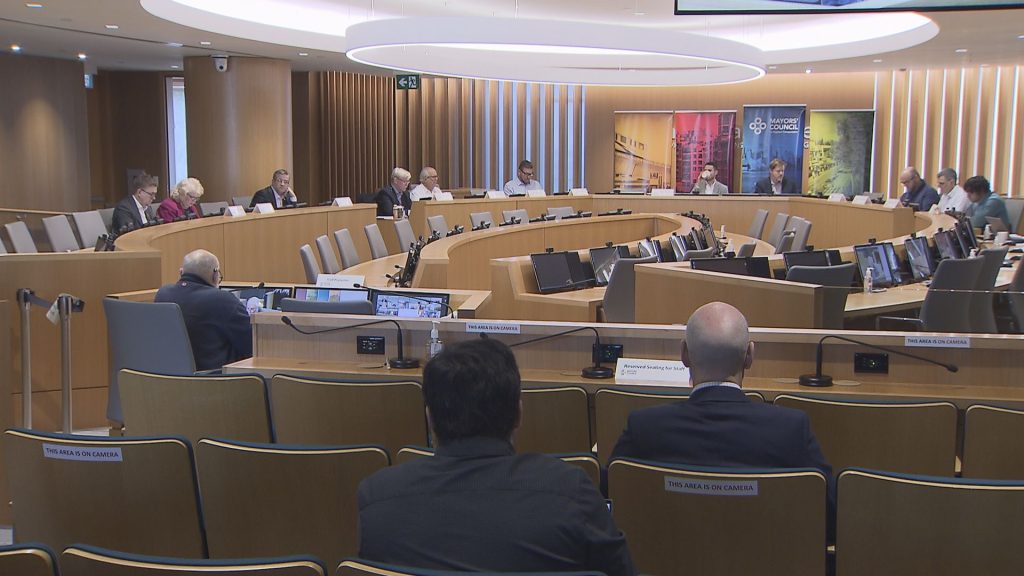Climate change fueling B.C. wildfires now and in years to come: expert
Posted July 26, 2021 6:27 am.
Last Updated July 26, 2021 9:27 am.
VANCOUVER (NEWS 1130) – Climate change is expected to fuel bigger fires that last longer in the years ahead, according to an expert, who says drought, heat, and drier conditions will likely become the norm in wildfire seasons to come.
Kira Hoffman, a post-doctoral researcher with UBC’s forestry department, says even if there are fewer fires, they will likely be more intense, and will burn more land.
“Some of the smaller fires are getting more out of control, and we’re kind of getting into the territory of not being able to suppress wildfires. So they’re getting bigger and burning more area. We have a few fires that are responsible for a lot of the area burned, and we have these mega fires now, fires that are over about 10,000 hectares in size,” she explained.
Looking at this year, so far, more than 4,000 square kilometres of B.C. has been scorched — that is four times the 10-year average.
Hoffman says things dried out in forests much earlier this year due to “record setting temperatures” that added to the increase in wildfires.
Parts of B.C. saw temperatures climb into the 40s over the past month, shattering decades-old highs for some areas. Lytton, B.C., which was almost completely destroyed by a wildfire on June 30, recorded Canada’s hottest-ever temperature three days in a row, just days before flames spread through the community.
There’s also been little rain across the province in recent months, meaning fuels have been drying even further amid high temperatures.
In addition to Mother Nature’s contributing factors, Hoffman says firefighters have become “really good” at putting out wildfires, to the point where forests have an overload of dead and dry fuel.
“Putting out fires that would have previously mitigated some of these fuels to remove some of them in the forest. A lot of things like insect outbreaks, and diseases in trees, wind events — those would have been dealt with by previous fires that would have been probably smaller. So now we have a lot of build up of fuels and dangerous fuel loads in our forests, and that’s causing more unpredictable wildfire behaviour and more severe fire events,” Hoffman told NEWS 1130.
She that while wildfire mitigation does heavily rely on things like prescribed burns, those can’t be the only measures taken.
“We need to do thinning, land clearing, before we move into prescribed fire to deal with the hazardous fuel loads in the forest. And also to think about wildfire management as a year-round effort. So thinking about doing land clearing and fuel mitigation in the winter, potentially burning in the spring and fall, and then, of course, we do required suppressions to protect communities and that should continue through the summer months,” she added.
Related articles:
-
Air through much of southern B.C. starts to thicken amid wildfires
-
Wildfire report author says heat dome highlights need for new plans in wildfire fight
-
B.C. heatwave a sign of things to come, warns climate advocacy group
-
Lytton to be rebuilt with ‘climate-friendly’ vision after devastating fire: Horgan
According to the BC Wildfire Service, there are currently 259 wildfires burning across the province. That’s a small improvement, down from about 300 earlier in the week.
There are now 58 evacuation orders in place for communities mostly in the Southern Interior. The orders are affecting about 4,400 properties, with nearly 17,500 properties on evacuation alert.
In recent weeks, crews have been brought in from across Canada to help with firefighting efforts.
We are grateful for the support we have received this season from @SOPFEU, and several other agencies across Canada including New Brunswick, Alberta, the Yukon, the Northwest Territories, Nova Scotia and @ParksCanada. pic.twitter.com/A2DUWFklK4
— BC Wildfire Service (@BCGovFireInfo) July 25, 2021
The BC Wildfire Service says so far this year, 180 personnel from Quebec have come to help this province, the latest of them arriving on Saturday to head to the Okanagan Complex. B.C. teams have also had the help of crews from New Brunswick, Alberta, the Yukon, the Northwest Territories, and Nova Scotia. Parks Canada members have also come to lend a hand.
So far, this year we have had a total of 180 personnel from Quebec come to support firefighting efforts across B.C. 113 personnel arrived yesterday and will head to the Okanagan Complex. pic.twitter.com/rjICjyOFLk
— BC Wildfire Service (@BCGovFireInfo) July 25, 2021
Firefighters also arrived in B.C. from Mexico on Saturday. They were met by Consul General Berenice Díaz Ceballos and Public Safety Minister Mike Farnworth before heading off to help their B.C. counterparts.
The 101 members from Mexico are helping crews with the Nk’Mip Creek wildfire, which is currently burning near Osoyoos. It was last estimated to be 6,800 hectares in size, and classified as “out of control.”











